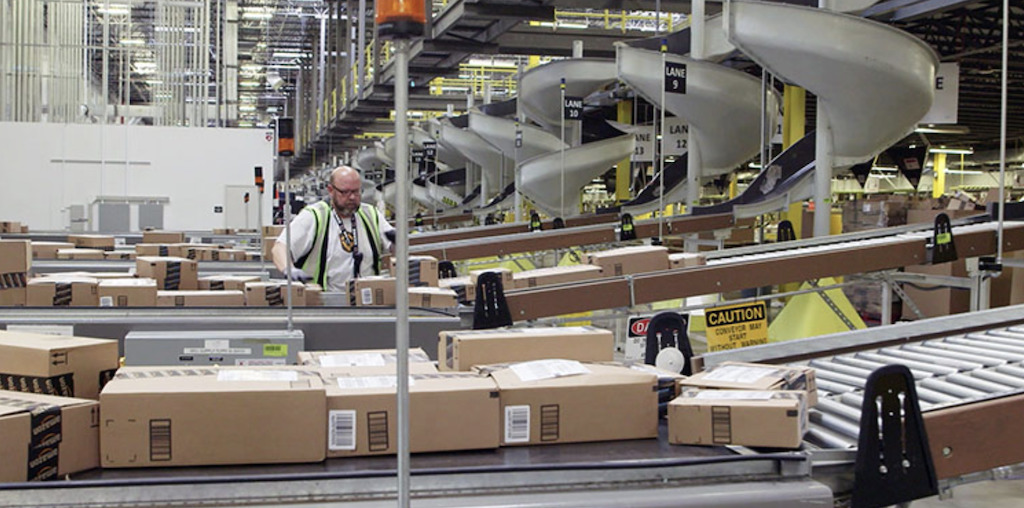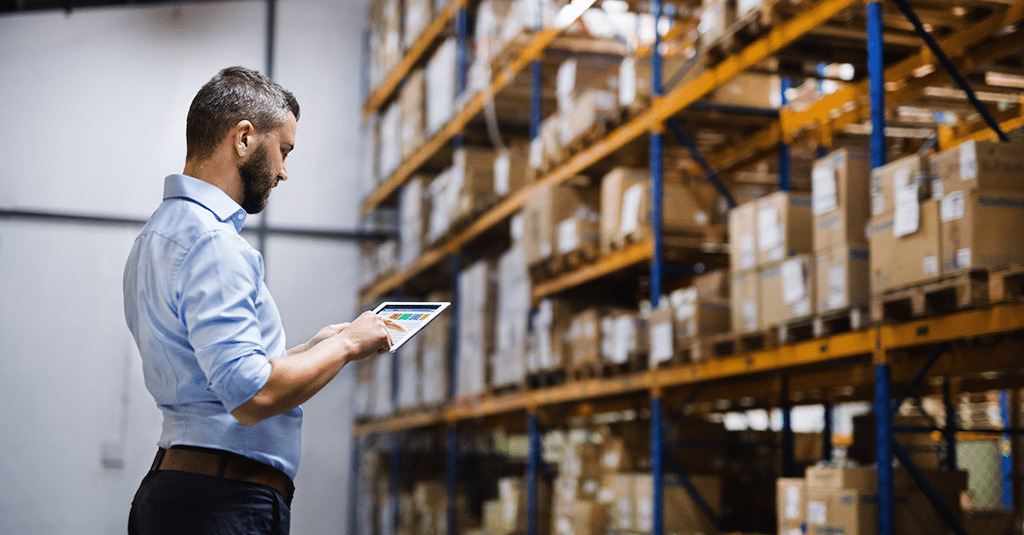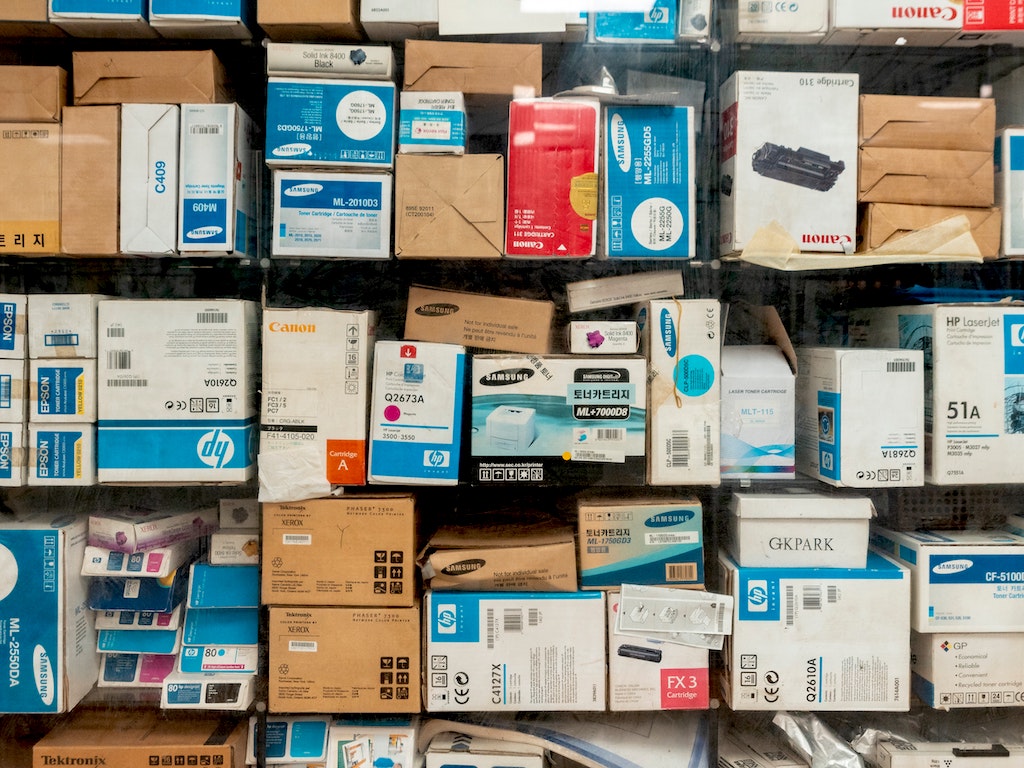4 Mins Read
A new investigation has exposed the millions of unsold items being thrown out by Amazon every single year. Going undercover at U.K. Amazon warehouse, journalists from ITV News documented shocking footage of laptops, headphones, books and more being dumped into bins destined for the landfill.
Footage from ITV News exposed the enormous amounts of unnecessary waste Amazon produces every year. In the investigation, journalists went undercover into one of the company’s fulfillment centres in the U.K. They discovered millions of items being thrown into bins marked with the word “destroy”.
This was documented in just one of 24 total warehouses Amazon has in the country. Items being destined as trashed include unsold new smart TVs, drones, hairdryers, headphones and books. Even sealed and unopened face masks were to be destroyed.
‘130,000 items per week’
According to a former employee who spoke to ITV, the warehouse had a target of “generally destroy[ing] 130,000 items a week”. Many of these unsold products included top-of-the-line brands such as Dyson fans or hairdryers and Apple MacBooks and iPads. At this pace, the warehouse would be throwing away millions of items a year.
The ex-worker also said that at least 50% of the items in the “destroy” pile had never even been touched. Most of these were “unopened and still in their shrink wrap”, while others were customers’ returns that were in perfectly good condition.
The practice of destroying unsold goods is rampant across the consumer goods industry, particularly with luxury brands. Designer fashion labels such as Burberry have been previously called out for burning or throwing out stock as a strategy to retain consumer exclusivity.

But in the case of Amazon, the ITV report said the reason was down to the e-commerce giant’s business model. Amazon operates by letting vendors store stock in their warehouses, but brands are charged more if they stock them there for longer. Essentially, it’s more cost-efficient for items to be thrown out—and profit-driven brands will do so even if it leads to huge amounts of waste.
New items are going into the landfill
While Amazon maintains that these products are sent to recycling centres and never just destroyed, the investigation revealed otherwise. Journalists tracked trucks containing the “destroy” bins and followed them. Some did make it to recycling, but others ended up in the landfill too.
Campaigners like Greenpeace have called on the British government to take legislative action to prevent companies from destroying deadstock. France, for instance, has introduced a law to ban firms from throwing out or burning items. It covers companies in the electronics, luxury goods and the cosmetics industry, who must redistribute or resell their unsold products.

In response to the investigation, Amazon insists that they are “working towards a goal of zero product disposal” and are donating, reselling and recycling their unsold goods.
“No items are sent to landfill in the U.K. As a last resort, we will send items to energy recovery, but we’re working hard to drive the number of times this happens down,” the company told ITV.
An opportunity for sustainable startups
For some entrepreneurs, the problem of brands and companies throwing away their deadstock or returns brings a new opportunity. They’ve come up with solutions to make a business case for items to be never thrown away again.
For example, Optoro has come up with a software that helps retailers and producers get rid of excess or returned stock quickly. It comes especially handy with returned goods, which may have been opened and worn only once.

Optoro will list these products on their Blinq website, to give them a new owner or divert them to charities. The pricing and decision of whether it gets resold or donated is made efficiently via an algorithm that draws on real-time data sources.
Another startup, Queen of Raw, is doing something similar, but with the estimated US$120 billion worth of raw wasted textiles. The company’s blockchain marketplace ensures that unused materials from suppliers gets to the manufacturers who need it. Queen of Raw uses AI to recommend suitable prices and match buyers and sellers by distance.
Lead image courtesy of Unsplash.




